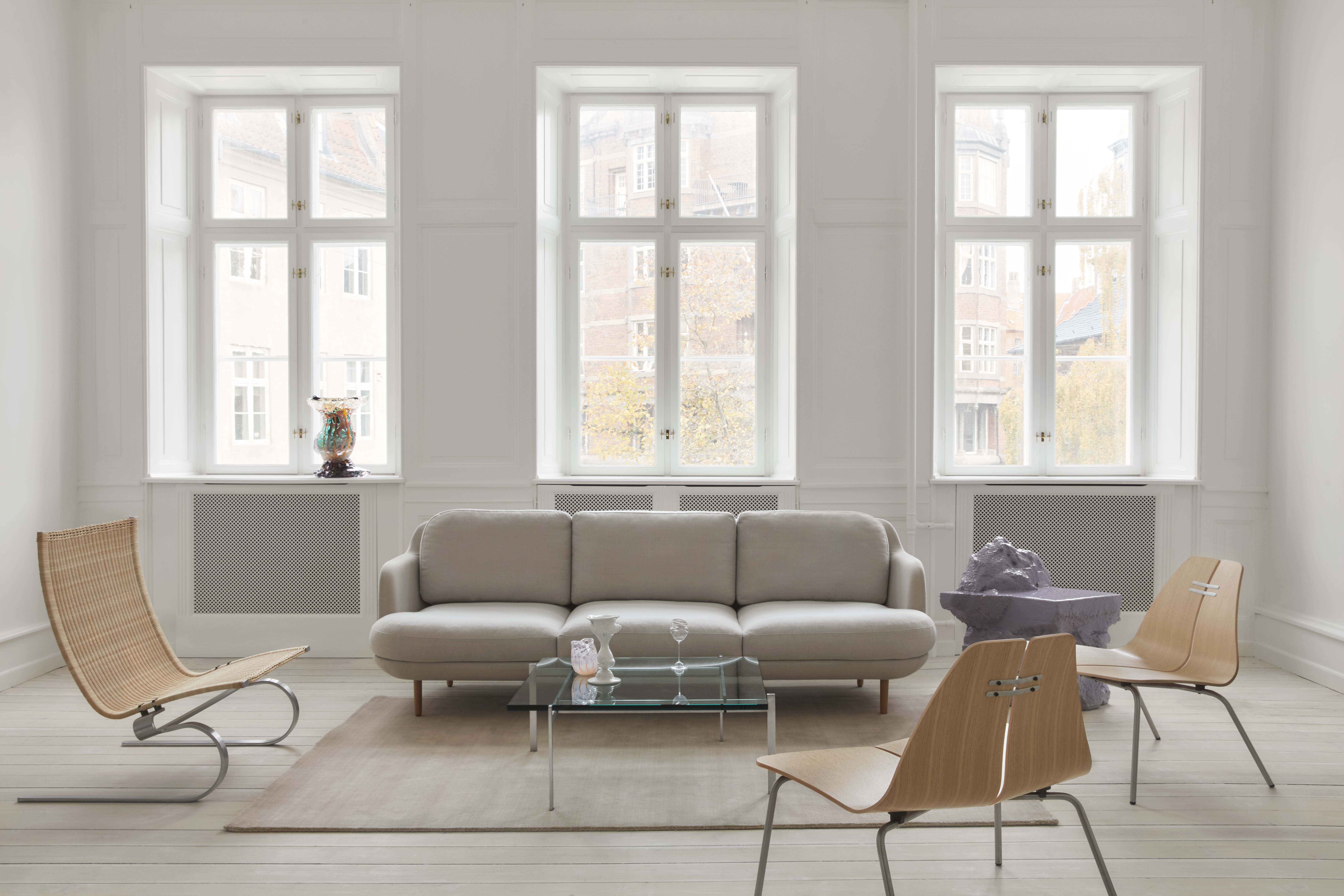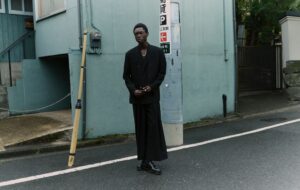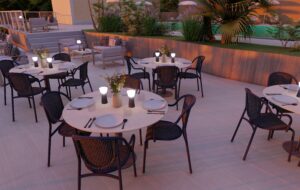

words Edwin Heathcote
Between Anthony Gormley’s statues and acres of turf, London’s public spaces are changing. Bah! I preferred the bad old days.
Waterloo is wonderful. The station is a poignant point of arrival. A hub of a crumbling public transport system, it is crowned by Nicholas Grimshaw’s serpentine and soon-to-be redundant Eurostar shed. Then you are vomited into a cultural quarter that once relished in its ugliness, a delightfully dysfunctional utopia. The Piranesian brick arches of the railways smash through the fabric of the city like the remains of an impossibly competent engineering culture. Threaded between them is another level of archaeology: rain-streaked concrete, windswept plazas, litter-strewn walkways, the wonderfully compound vocabulary of London’s intersection of the avant-garde and civic space, a forgotten festival. A stroll through the South Bank and into the West End over the rumbling, rusty Hungerford Bridge used to be culturally bracing, a pure shot of puritan cultural philanthropy. High art, like bran, is good for you. But it will not be pleasant. Now it has become a themed quarter spilling over with coffee bars and look-at-me architecture punctuated by fungal installations. Just like everywhere else.
Things are changing. The roofs of Waterloo are currently haunted by Event Horizon, Anthony Gormley’s static figures peering down like the angels in Wings of Desire, while grass carpets the side of the National Theatre’s flytower and Trafalgar Square. A rash of recent installations is attempting to redress London’s legacy of failed public space. Gormley’s perching bodies, grimly lifeless self-portraits, prompt phone calls to the emergency services by worried citizens. As the first couple appeared they were a revelation magically transforming the skyline, drawing eyes upwards to unnoticed and unloved rooftops. But as you encounter more scattered throughout this self-conscious arts ghetto, they lose their power.
The slightly balding grass on the NT flytower is better and seems to latch onto a peculiarly English zeitgeist which has also infected Trafalgar Square over the river. What is it about the English and lawns? The turfing of the square is branded “London’s Village Green” – civic space in England is not the urban square of Europe but John Major’s village sward and London’s parks, so big they try to convince you there is no city.
Trafalgar Square’s recent and successful pedestrianisation – this scheme would have been impossible without it – highlights the problem with the city’s big piazzas: they’re for the tourists. Covent Garden, Trafalgar Square, Parliament Square and Piccadilly Circus play only transitory roles in the lives of Londoners. The mayor’s ambitious plans for 100 Public Spaces have been scaled back. This is not Barcelona.
Londoners do not hang out in public space, they do not indulge in a passeggiata. Instead they spill out, they inhabit public space as a by-product of consumption. They cluster around pubs on a warm day, they sit on steps to eat sandwiches, they vomit Fosters while holding kebabs, they queue to get into clubs. The city works best in the tight, mangey streets of Soho or Shoreditch. Squares in London are private gardens, machines to increase property value, which is the real lifeblood of the city’s conversation. Yet the drive to provide public spaces continues. It produces dreadful malls and bad public art, the bland Fosterised commercialism of Potters Fields and the Euston Road, the pastiche deadness of Paternoster Square, the abortive tinkering with Sloane Square and Exhibition Road, the deadness of Gillett Square in otherwise lively Dalston, the corporate art of Bankside. So all that’s left is to cover it in grass. Then, at least momentarily (goes the pitch) people will enjoy it. Paris has its urban beach, we have a lawn.
From the debate around the Fourth Plinth to these grassy buildings, public art is increasingly appreciated, and it undoubtedly makes the city more enjoyable. But if you just walk out of Trafalgar Square through Admiralty Arch you’ll see the ivy-covered monolithic concrete bunker of the Citadel. Covering buildings in green, even ugly ones, is not very radical. Frank Lloyd Wright said that while a doctor could bury his mistakes, the best an architect could do was cover them in ivy.
London does not excel at the making of public space, but then neither does its close cousin Manhattan. They are still superb cities where half the world wants to be. Perhaps our lack of skill and cultural disinclination just needs to be acknowledged and this kind of art needs to be commissioned to keep stimulating the public into using and looking at what civic space and architecture there is. Maybe a tradition of surprise and subsequent use, or even subversion, can be established, leading to an enhanced spatial culture. Perhaps. But it does need to be good art. Grass and Gormleys are a start but nowhere near enough.
Antony Gormley’s Event Horizon is on London’s South Bank until 19 August
www.southbankcentre.co.uk
Village Green on Trafalgar Square was from 24-25 May
www.visitlondon.com
















